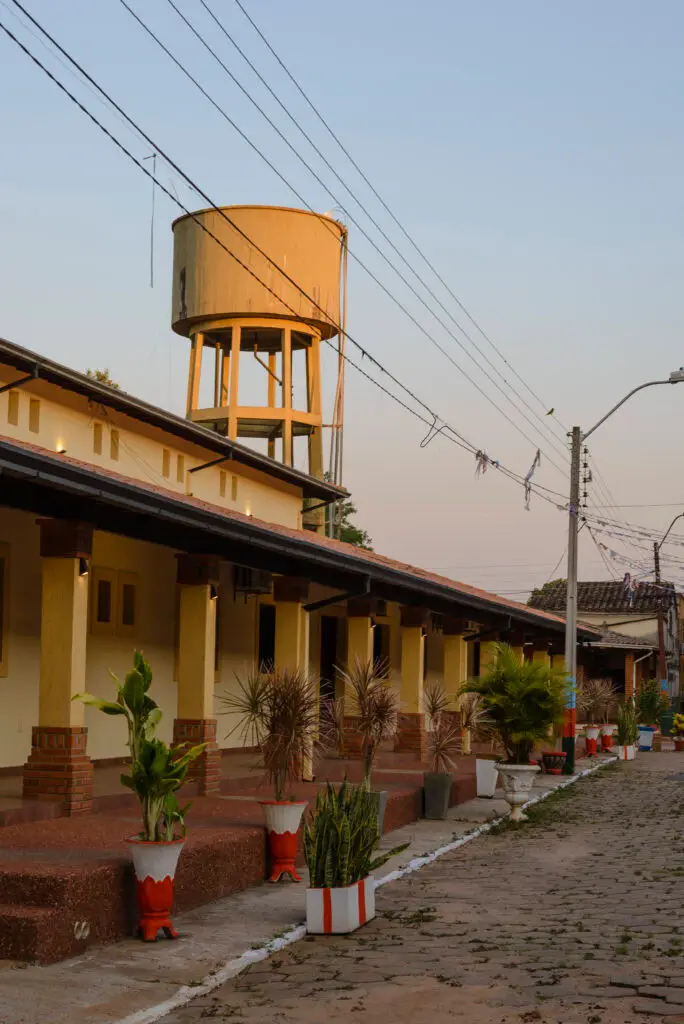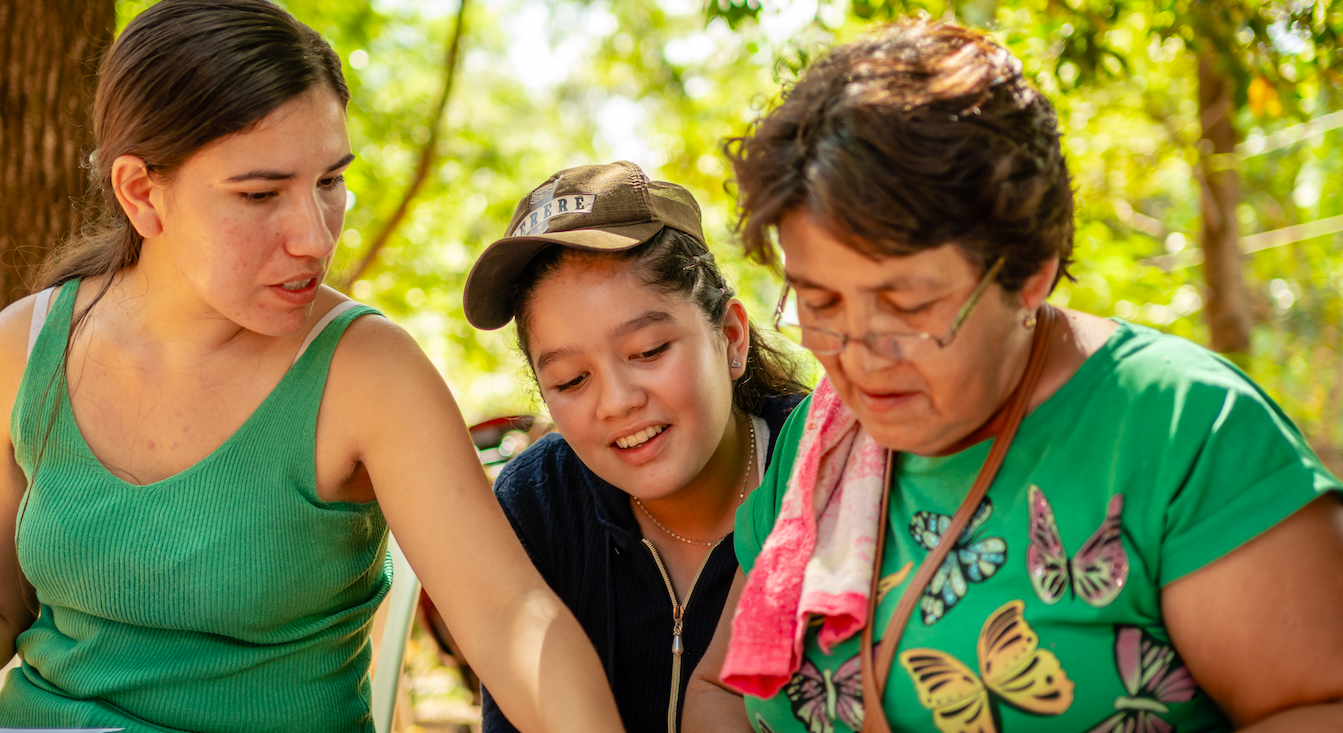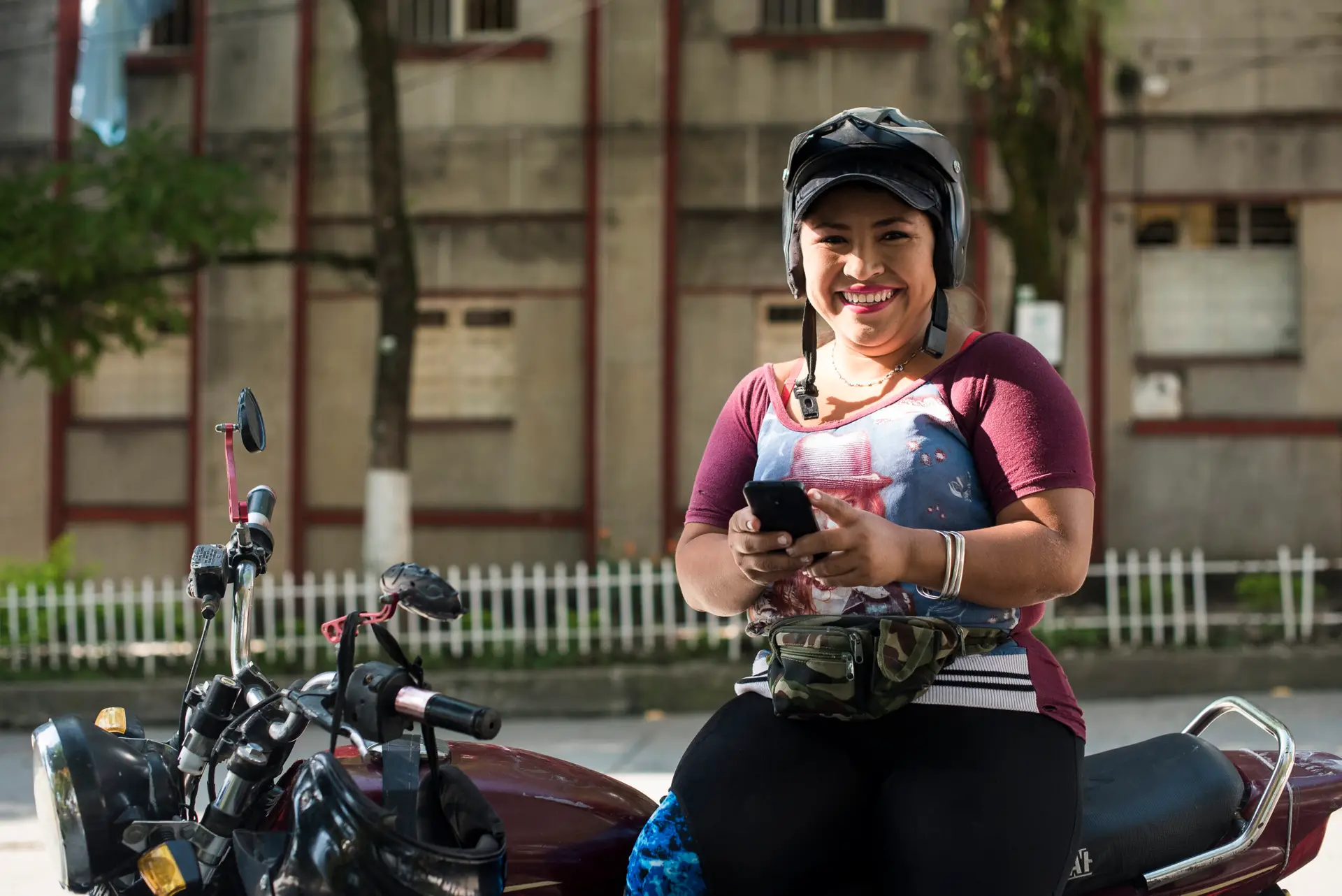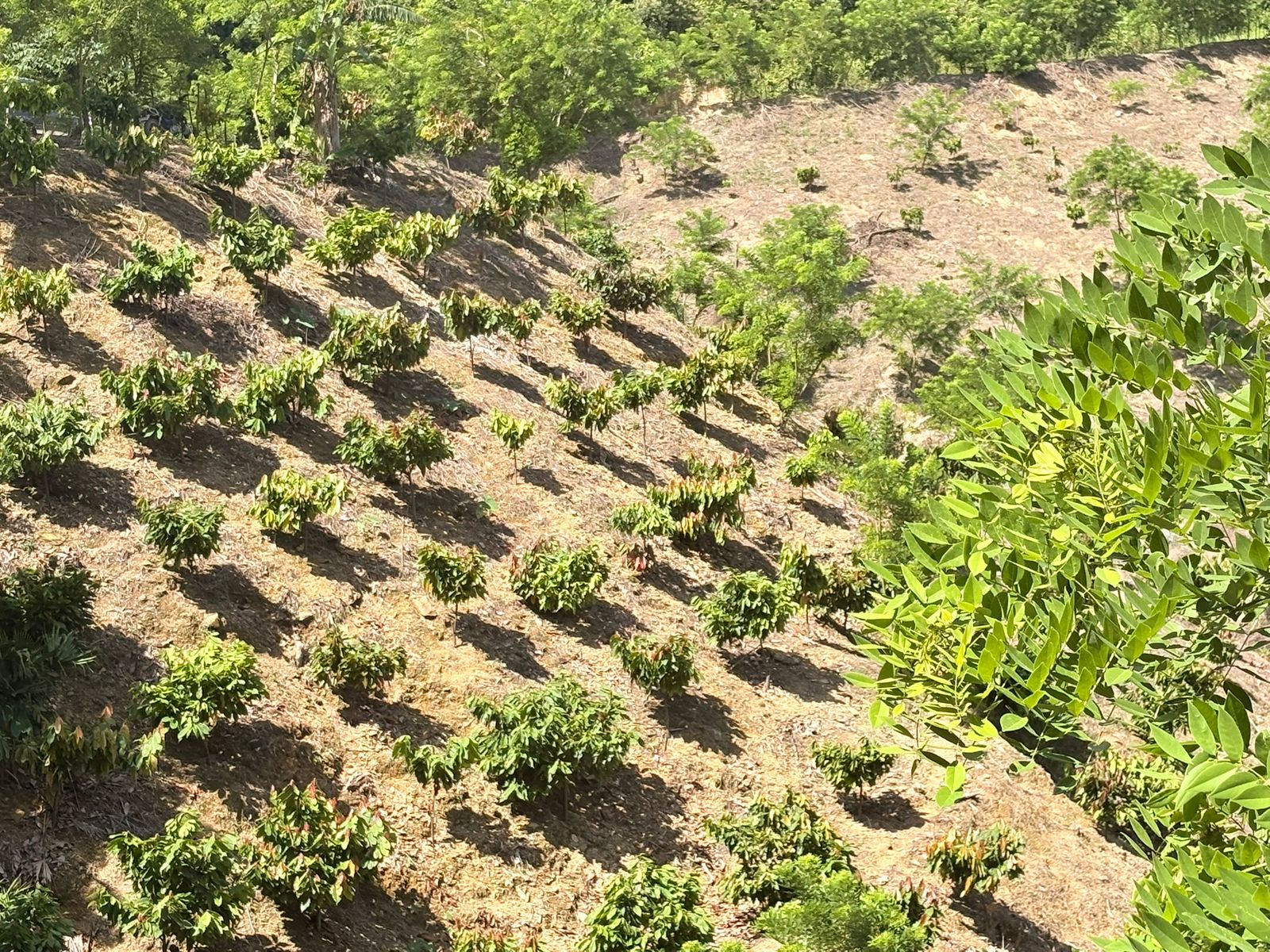Escrito por: Víctor Ortíz. Director Adjunto de Agricultura Sostenible y Acción Climática para Fundación Capital en Paraguay.
Ykuaa: When Water Builds Connections
In Paraguay, the construction of aqueducts and treatment plants is the government’s responsibility. Once completed, the infrastructure is handed over to the community, which organizes itself through Water Commissions responsible for managing and maintaining the systems. To connect to the water and sanitation network, individuals must pay a connection fee, carry out the required home adjustments, and adapt their kitchens and bathrooms to ensure proper water use. For low-income households, the cost—about 140 USD—plus the additional home adaptations can be prohibitively expensive.
Between August and October 2021, in the town of Iturbe, Paraguay, a vehicle with loudspeakers drove through the streets, accompanied by messages on local radio. The voice of a neighbor could be heard saying: «Since we connected to the sewer system, there’s no more humidity or bugs. (…) Take advantage, godfather, there are likely to be installment plans for connection and all the materials. Very soon, the sewer system will arrive in your town, and you’ll be able to ask the Sanitation Board to connect your home.»
This message was also broadcast in San Pedro del Ycuamandyyú, Capitán Miranda, Fram, and Yhú, reaching over 9,150 people—most of whom had no access to sanitation systems. What does this lack of access mean? It increases the risk of household contamination and directly affects the health of families, especially women and children. In Paraguay, only 895,010 people are connected to the sanitary sewer system (ESSAP, 2021).

In response to this reality, we joined efforts with One Drop and the Moisés Bertoni Foundation, as part of the Lazos de Agua program, to build an alliance aimed at strengthening the financial capacities of all actors involved in the water value chain: individuals, the financial ecosystem, neighborhood committees, water boards, and micro and small businesses in the construction sector. We wanted more people to get connected—so that water would no longer be a barrier, but a bridge.
We began by working with financial institutions to design tailored products such as savings accounts and low-interest microloans. This gave families the financial resources to connect to the system once construction was completed and to make the necessary home improvements. We engaged the National Development Bank, private banks, and local cooperatives—institutions with a strong community presence and deep commitment.
An essential part of this work was strengthening people’s financial literacy so they could understand these products and begin saving formally with the aim of accessing sanitation services. Through the campaign Amoporã che roga, amoporã che ciudad ("Beautify my house, beautify my city"), we delivered a positive and relatable message across five cities, encouraging home improvements as a contribution to collective well-being.
We also supported micro and small enterprises (MiPymes) that supply materials for household improvements. The community strongly voiced the need to strengthen the local economy. As a result, local business owners participated in training sessions on financial education and the use of social media, and they offered products and services at affordable prices. These trainings were delivered via short videos shared on WhatsApp and supplemented with mobile-downloadable digital tools. Water Commissions also received financial training, with a focus on business planning to ensure the sustainability of the systems they manage.
Technology as a Gateway to New Opportunities
To further strengthen people’s capacities, we used a digital personal finance education app (EFI) developed by Fundación Capital in Paraguay. The tool, designed for Android phones, includes five self-paced modules totaling approximately ten hours of learning.
Finally, in collaboration with Fundación Moisés Bertoni, we worked with the Sanitation Boards to help them continue promoting the knowledge acquired and the available financial services. The communication pieces used in the campaign were well received: on Facebook, we reached an average of 40,000 views per month.
«In San Pedro, there are very low-lying areas, and during the rainy season, septic tanks flood, creating a risk for everyone. With this connection, we don’t have to worry about that anymore. That’s why I encourage my neighbors to sign up and connect—because the benefits are immense.»

Mrs. Aurora knows that being connected to the sewer system is essential for her community’s development and for building meaningful water ties. Like her, we know that access to clean water and sanitation services, their sustainable supply and care, are fundamental for sustainable development and represent a key asset for communities most vulnerable to the effects of climate change.
On World Environment Day, we reaffirm our commitment to align our actions with sustainability—strengthening resilience, adaptation, and climate change mitigation. We do so through high-quality digital and financial education that equips communities to face these challenges—with water at the center and the community as our greatest ally.
To learn more about our initiatives, follow us, reach out, and share.


